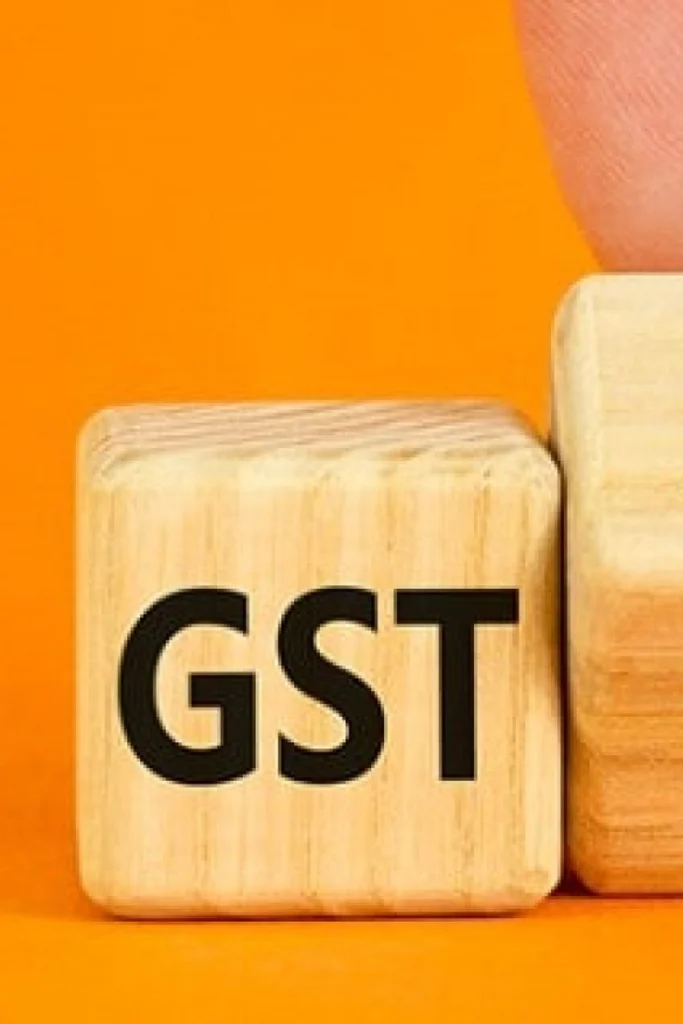GST, or Goods and Services Tax, is a comprehensive tax levied on the supply of goods and services, including imports, within a country. For laptops, GST is applied to both the purchase and import of these devices. The GST system is designed to unify various indirect taxes into a single, streamlined tax structure. The primary aim of GST is to simplify the tax system, reduce the cascading effect of taxes, and establish a common national market. This unified approach also applies to GST on laptops, ensuring a consistent tax rate across the board.
Get In Touch

Understanding GST on Laptops : What You Need to Know
In recent years, the Goods and Services Tax (GST) has become a significant aspect of the Indian taxation system. Introduced in July 2017, GST replaced a myriad of indirect taxes with a single tax structure, aiming to streamline tax collection and make the system more transparent. One of the areas where GST has had a noticeable impact is on the electronics sector, particularly on laptops. This blog will explore how GST affects the purchase of laptops, how it influences pricing, and what you should be aware of when buying a laptop in India.
GST on Laptops : Rates & Types
Types of GST on Laptops
CGST (Central Goods and Services Tax):
- This is a tax levied by the Central Government on intra-state transactions. For laptops, CGST is applicable when the sale occurs within a single state.
SGST (State Goods and Services Tax):
- This is a tax imposed by the State Government on intra-state transactions. Like CGST, SGST applies when the laptop purchase is within the same state.
IGST (Integrated Goods and Services Tax):
- IGST is levied on inter-state transactions or imports. When laptops are purchased from another state or imported into India, IGST is applicable. The rate of IGST is the sum of CGST and SGST rates.
GST Rates for Laptops
Standard Rate:
- The standard GST rate on laptops in India is 18%. This rate is applicable to both the sale and import of laptops. It is included in the Maximum Retail Price (MRP) of the laptop, meaning the price you see already includes this GST rate.
Reduced Rates:
- As of the latest updates, there are no reduced GST rates specifically for laptops. The rate remains consistent at 18%, irrespective of the laptop’s brand or model.

Impact of GST on Laptops
The introduction of Goods and Services Tax (GST) in various countries has had a notable impact on the pricing and taxation of laptops and other electronic goods. While the specifics can vary depending on the country and its GST policies, here’s a general overview of how GST affects laptops:
1. Pricing Changes
- Reduction in Tax Burden: In some countries, GST replaces a complex system of multiple taxes (like VAT, sales tax, excise duty, etc.). For laptops, this can lead to a reduction in the overall tax burden, potentially lowering prices for consumers.
- Increased Transparency: GST aims to create a more transparent tax structure, which can help consumers better understand the breakdown of taxes included in the price of laptops.
2. Input Tax Credit
- For Businesses: Companies involved in the manufacture or sale of laptops can claim input tax credits on the GST paid on inputs used in production. This can reduce the overall cost of manufacturing and potentially lead to lower retail prices.
- For Consumers: The impact on end consumers can vary. In some cases, the benefits of input tax credits might be passed on, resulting in lower prices for laptops.
3. Consistency Across States/Regions
- Uniform Tax Rates: GST often replaces varying state or regional taxes with a uniform tax rate, reducing discrepancies in laptop pricing across different areas. This creates a more level playing field for consumers and businesses alike.
4. Impact on E-Commerce
- Online Purchases: For online sales of laptops, GST ensures that taxes are applied uniformly, which can affect pricing strategies for e-commerce platforms and may alter the price competitiveness of online vs. brick-and-mortar stores.
5. Regulatory Compliance
- Administrative Burden: Businesses need to comply with GST regulations, which can involve additional administrative work and costs related to tax filing and reporting. This may affect pricing indirectly if companies pass on these costs to consumers.
6. International Trade
- Imports and Exports: GST affects the tax treatment of imported laptops. In many cases, GST is levied on imports, but businesses can often claim input tax credits, which can influence the pricing of imported laptops.
7. Consumer Behavior
- Price Sensitivity: Changes in the price of laptops due to GST can influence consumer behavior. Lower prices might encourage more purchases, while higher prices could lead to decreased demand.
Overall, the impact of GST on laptops is a mix of potential price reductions, improved tax transparency, and administrative changes. The exact effect depends on the specific GST regulations and how they are implemented in a given country.
Conclusion About GST On Laptops
The implementation of GST on laptops has streamlined the tax process, integrating it into the overall price of the device. Understanding how GST affects laptop pricing and purchasing is crucial for making informed decisions. Always ensure you receive a proper invoice, check GST rates, and be mindful of additional charges to fully understand the impact of GST on your laptop purchase.
Want To Know More About GST ? Contact us
